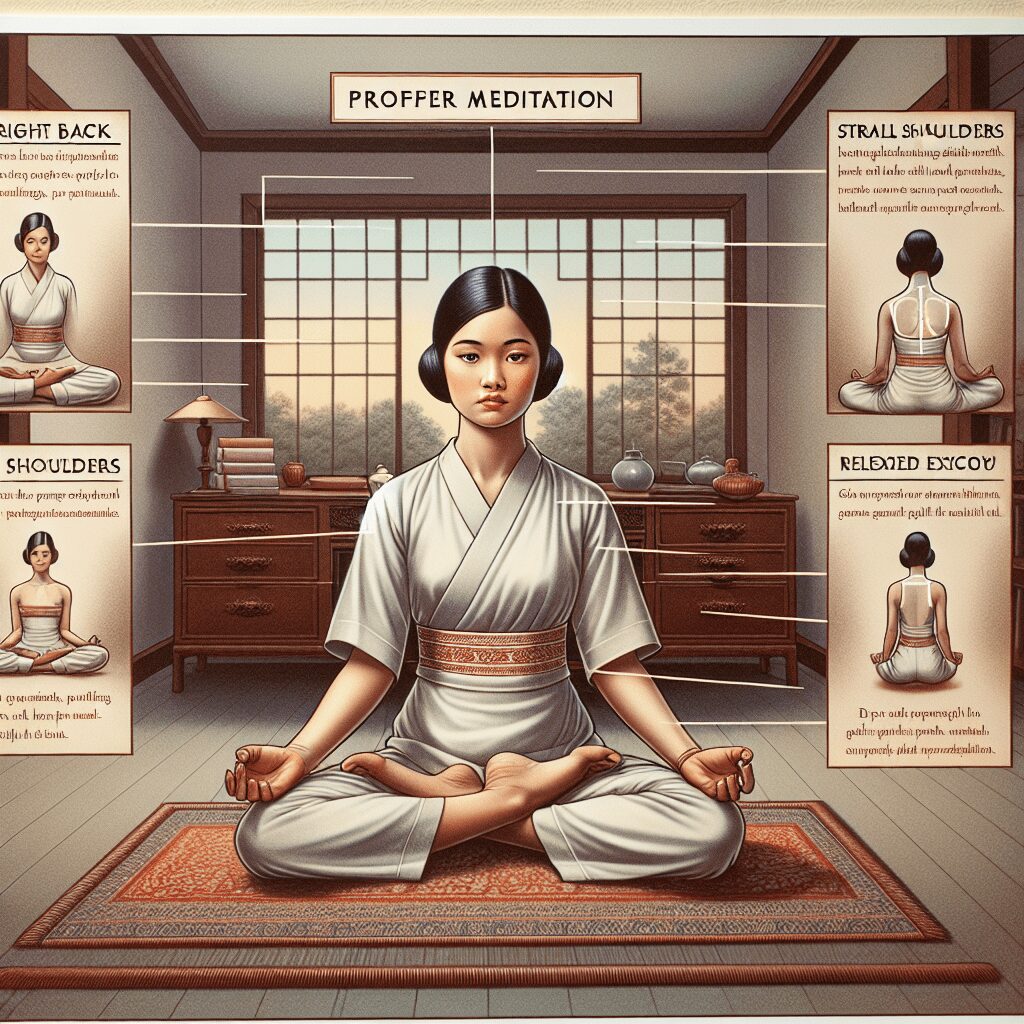
Prioritize your mental well-being daily. Enhance your life by nurturing your mental health with the Smart Meditation app. Break free from stress, alleviate anxiety, and enhance your sleep quality starting today.
How To Learn To Meditate For Beginners?
Embarking on the Meditation Journey: A Guide for Novices
Meditation? Sounds a bit woo-woo, right? But, hold your horses! It’s actually a millennia-old practice with a modern twist, tailored for everyone from the busy bee to the zen-seeker. In the hustle and bustle of today’s world, finding a moment of peace can feel like searching for a needle in a haystack. However, incorporating meditation into your daily routine can be as refreshing as a gulp of cold water on a sweltering day. So, let’s demystify this ancient art and make it accessible, shall we?
Setting the Stage for Success
First things first, to kick-start your meditation journey, creating the right environment is key. It’s not about having a picture-perfect space with incense burning and a gong ready (though, if that floats your boat, by all means). It’s more about carving out a tranquil spot where you won’t be disturbed. Here’s a quick checklist:
-
Find Your Zen Zone: This could be a cozy corner of your bedroom, a quiet nook in your living room, or even a peaceful spot in your backyard. The aim is to have a go-to place that signals your brain, “Hey, it’s quiet time.”
-
Comfort is King: Grab a comfortable cushion or chair. The goal is to sit comfortably, with your back straight but not stiff. Think poised, not like you’re about to take a military inspection.
-
Minimize Distractions: In our world of pings, rings, and buzzes, turning off notifications is a must. You’re aiming for inner reflection, not checking if that was an important email (it can wait).
Meditation Basics: The How-To
Now that you’ve set the stage, let’s dive into the “how” of meditation. Remember, it’s called a practice for a reason—it’s perfectly normal not to get the hang of it right away.
-
Start Small: Like dipping your toes in the water, begin with just 5 minutes a day. You can gradually increase as you become more comfortable. Rome wasn’t built in a day, and your meditation practice won’t be either.
-
Breath is Your Anchor: The simplest way to bring your focus back when your mind wanders (and it will) is to concentrate on your breath. Inhale… Exhale… Feel the air moving in and out of your lungs, and if your mind starts to drift to groceries or deadlines, gently guide it back to your breathing.
-
The Art of Letting Go: One of the biggest misconceptions about meditation is that it’s about stopping your thoughts. Spoiler alert: That’s an impossible task. The trick is to observe your thoughts without getting involved. Imagine you’re sitting by a river, watching leaves (your thoughts) float by. You notice them, but you let them drift on without getting hooked.
Expanding Your Practice: Beyond the Basics
As you get more comfortable with the basics, you can start exploring different types of meditation: Mindfulness Meditation: Focus on being intensely aware of what you’re sensing and feeling in the moment, without interpretation or judgment. Loving-Kindness Meditation: Also known as Metta meditation, it involves directing well-wishes towards others and oneself. Body Scan Meditation: Slowly and deliberately bring your attention to each part of your body, noting any sensations, pain, or tension.
Practice makes perfect, but in the case of meditation, it’s about enjoying the journey, not reaching a destination. Whether you’re looking for a slice of serenity, a boost in focus, or a deeper connection with your inner self, meditation offers a pathway to a more mindful existence.
And there you have it! Equipped with these pointers, you’re well on your way to cultivating a fulfilling meditation practice. Remember, it’s all about taking that first step—or, in this case, that first breath. Happy meditating!





